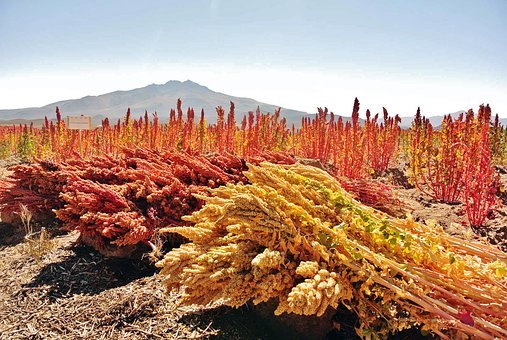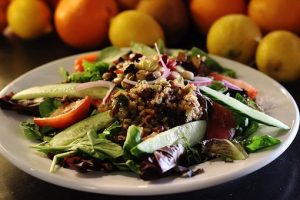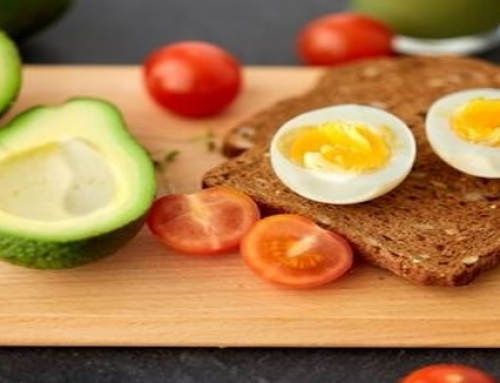What’s there to eat?!? It’s a perennial household question, especially if there are young famished children running around, which lately has been the norm due to the pandemic crisis the world is currently dealing with.
This time around I am delving deeper into a food that has become very popular, especially with vegetarian and vegan enthusiasts, and not only – QUINOA
Even if quinoa has become only recently a regular staple for vegetarians, vegans and anyone who would like to eat a bit healthier or try it out as an alternative to rice in their dishes this South American native has been around even before the time of the Incas some 5000 years ago. In fact Incas considered quinoa to be ‘The mother grain’ for its nutritional values. Since its rise in popularity in 2014 this ‘pseudo cereal’ – foods that are prepared and eaten as a whole grain, like oats and barley, but are not whole grains because quinoa is actually a seed retrieved from plant called Chenopodium quinoa – has been introduced in restaurant menus, nutrition diets even served as protein shakes!
Nutritional facts
Compared to other refined grains quinoa is considered to be a better source of fibre, B vitamins and iron but what really sets it apart probably is the fact that 15% of the grain is made up of protein. The component of the protein is such that it contains all nine essential amino acids that are important for our general wellbeing.
Essential amino acids are organic compounds that together with other amino acids – 20 in total – are important for the body to help it grow and function properly. They are called essential because these amino acids are not naturally made by our body and must be obtained through food consumption. Usually the best sources of essential amino acids are animal based proteins like meat, eggs and poultry.
According to the U.S. Department of Agriculture 100 grams of cooked quinoa provides
- 120 calories
- 4g protein
- 3g carbohydrates
- 9g sugar
- 8g fiber
- 9g fat
Other fun facts:
- Considered to aid the fight against certain types of cancer due to its high levels of fibre
- High levels of magnesium present in quinoa aids towards improvement in heart health and type 2 diabetes sufferers
- Healthy substitute for rice
- Naturally gluten free it’s a nice addition to the diet of anyone suffering from celiac disease
Recipe
After all this talking about this ‘superfood’ it’s impossible not to want to try it out. Now that summer is coming it can be a nice option to enjoy as a salad. I will not be giving quantities but calculate about 40-50g of quinoa per person
Cucumbers, tomatoes, spinach, parsley, onions, olives, corn, avocado, red kidney beans
I usually also like to add some sort of nut like crushed almonds, or pumpkin seeds and a bit of cheese (vegans can add their favourite vegan cheese or tofu) and an egg, I love eggs.
Dress with some olive oil and lemon or lime juice and enjoy!
Until next time
Stay Strong Stay Focused Stay Safe!
Neville
Sources:







